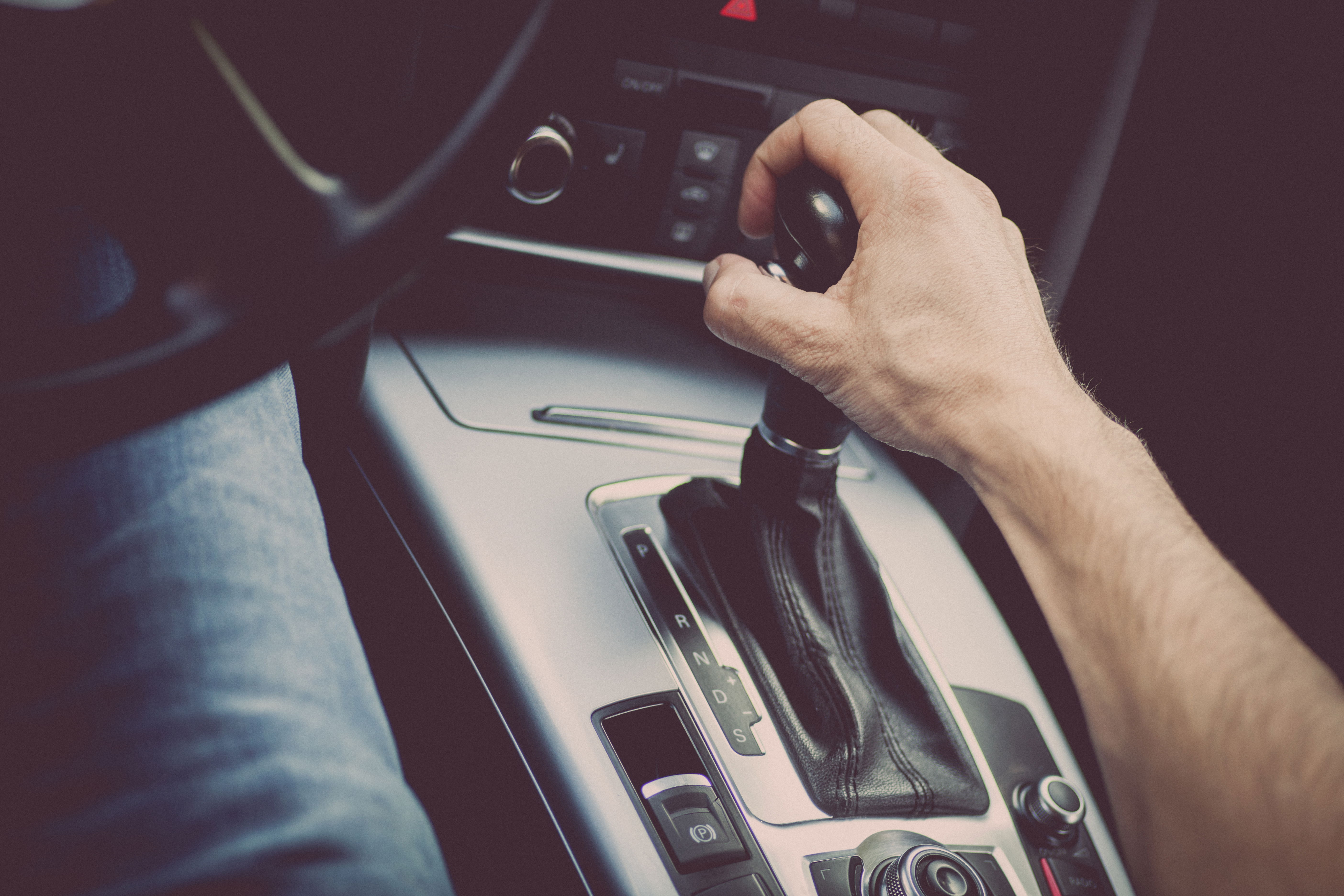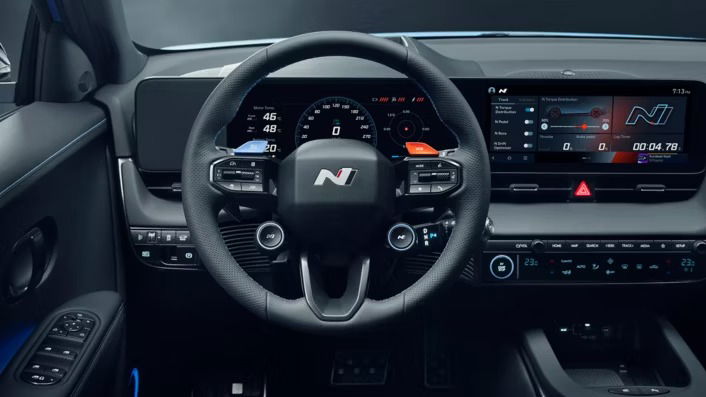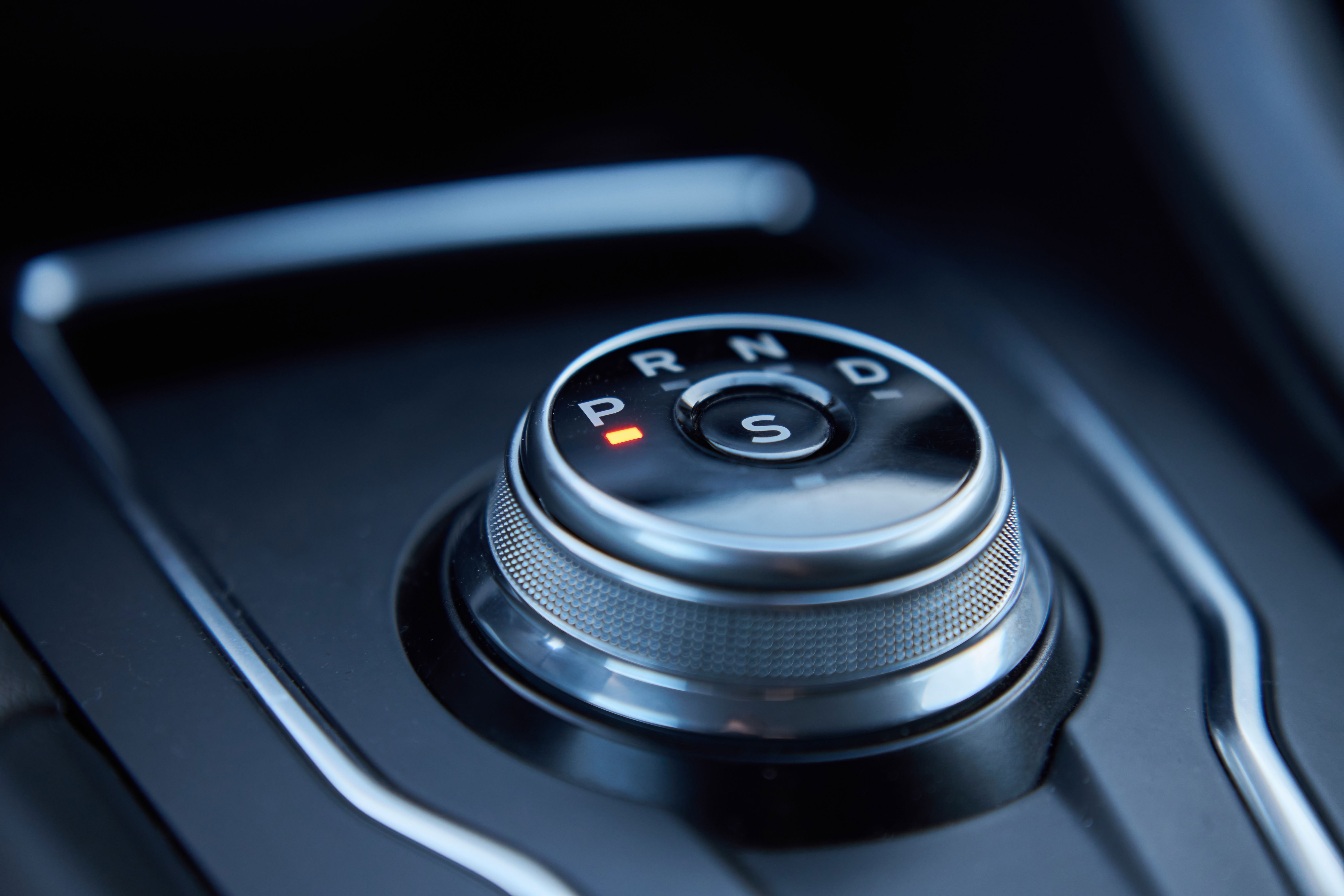“Nobody wants manual gearboxes and handbrakes anymore, or analogue instruments.” - Tyrone Johnson.
In a bold statement that’s sparked debate across the automotive world, Tyrone Johnson, Managing Director of Hyundai’s Europe Technical Center, told Car Magazine in July 2025: “Nobody wants manual gearboxes and handbrakes anymore, or analogue instruments.”
His claim reflects Hyundai’s pivot toward digital interfaces and simulated driving experiences—like the Ioniq 5 N’s N e-shift, which mimics gear changes in electric vehicles. But is Johnson’s assertion backed by market data, or is it a premature obituary for the stick shift?
Global Decline in Manual Gearboxes

There’s no denying that manual transmissions have lost ground globally. In Europe, once a bastion of stick-shift culture, the share of new cars sold with manual gearboxes plummeted from over 90% in 2000 to just 32% by mid-2023.
In the U.S., the decline has been even more dramatic: from 6% of light-duty vehicles in 2010 to under 1% in recent years. The rise of electric vehicles (EVs), which typically use single-speed transmissions, and the growing preference for convenience in urban traffic have accelerated this shift.
But the Manual Isn’t Dead Yet

Despite the downward trend, recent data suggests a surprising twist. According to J.D. Power, manual transmission sales in the U.S. rose by 41.7% in early 2023 compared to the previous year. While the overall market share remains small—hovering around 1.7%—this uptick is driven largely by younger buyers.
A Mini survey found that 67% of respondents aged 18–34 were eager to learn how to drive a manual. Automakers like Toyota and Mazda report that a significant portion of manual buyers are under 35, with models like the GR86 and Miata seeing strong manual take rates.
Emerging Markets and Niche Demand

Globally, manual transmissions still dominate in certain regions and segments. In 2024, the manual transmission market was valued at $22.6 billion and is projected to grow at a CAGR of 4.3% through 2034.
Developing markets in Asia, Latin America, and Africa continue to favor manuals for their affordability, durability, and ease of maintenance. Even in mature markets, manuals remain popular in performance cars, off-road vehicles, and commercial fleets.
Hyundai’s Strategy: Simulated Shifting

Hyundai’s N e-shift technology, featured in the Ioniq 5 N and upcoming Ioniq 6 N, aims to bridge the gap between EVs and traditional driving experiences.
By simulating gear shifts and engine sounds, Hyundai hopes to satisfy enthusiasts without reverting to mechanical gearboxes. It’s a clever compromise—but it also underscores that the emotional appeal of manual driving still matters.
Not Quite Dead, Just Evolving

Tyrone Johnson’s claim is directionally accurate—manuals are no longer the mainstream choice. But to say “nobody wants” them is an overstatement. The data shows a resilient niche market, a generational resurgence, and a global footprint that refuses to vanish. The manual gearbox may be fading, but it’s far from forgotten.